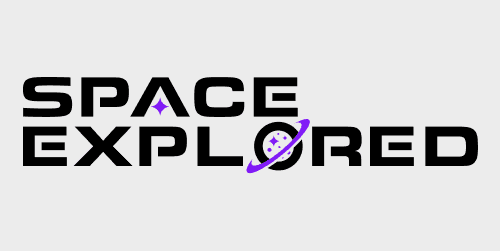
Students across Alabama have been working on being the first student-built CubeSat to leave low-Earth orbit. Now that dream is no more after NASA dropped secondary payloads from the Artemis II mission. Thus, forcing the Alabama Space Grant Consortium that leads the project to pivot its design.
ASGC, based at The University of Alabama in Huntsville, has been working with universities across Alabama to build Alabama Experiment on Galactic-Ray In-Situ Shielding, AEGIS. This experiment would test if lunar regolith could be used as a radiation shield for deep space exploration.
The project planned to launch on Artemis II as a secondary payload, attached inside the Orion Stage Adapter. However, this opportunity will no longer happen as NASA dropped all secondary payloads from the first human flight to the Moon since Apollo 17. This left AEGIS without a ride to space and crushed the dreams of the over 200 students that worked on it.
With that said, the teams did not give up but rather pivoted to a new satellite design for a future solicitation from NASA for CubeSat research. This new project is called Alabama Burst Energetics eXplorer, and it will research the emission spectrum of gamma-ray bursts coming from our universe. A significant change to the design is its new orbit, a Sun-Synchronous orbit, rather than being sent to Lunar orbit, as SLS secondary payloads are off the table for this selection.

“This is a highly competitive annual call, but I have confidence that we will once again be submitting a very competitive proposal.”
Dr. Dale Thomas, eminent scholar and professor of industrial and systems engineering and ASGC director
The design of the spacecraft is split up across several universities in Alabama based on their expertise.
- University of Alabama Hunstville: Project management, systems engineering, thermal and radiation protection, and the science instrument.
- The University of Alabama: Electrical power, and command and data handling.
- Auburn: Flight software, astrodynamics (orbits) and structures.
- The University of South Alabama: Guidance, navigation, and the control, telemetry, tracking and command functions.
- The University of Alabama at Birmingham: Sun sensor design.
Funded by corporate donations, the venture gives students real-world experience designing and building space systems – something future employers will look highly upon during the hiring process.
“The greatest benefit will be for the employers, who are getting students fresh out of college with actual complex system design experience and experience working as a member on a project team that spans multiple organizations. And perhaps some of these students will gain the confidence they need to start home-grown STEM businesses here in Alabama!”
Dr. Dale Thomas, eminent scholar and professor of industrial and systems engineering and ASGC director
Want to help support Space Explored?
Shop on Amazon to support Space Explored writers
Directly support Seth by becoming a member of their Patreon.
Enjoy reading Space Explored?
Help others find us by following on Apple News and Google News. Be sure to check us out on YouTube, Twitter, Facebook, and Instagram, join our Discord!
FTC: We use income earning auto affiliate links. More.


Comments